Image Spamming with Paul Hameline
|CLAIRE KORON ELAT
“The exhibition does not only present certain images to our gaze, but also demonstrates the technology of presenting, the apparatus and structure of framing, and the mode in which our gaze is determined, oriented, and manipulated by this technology.” —Boris Groys
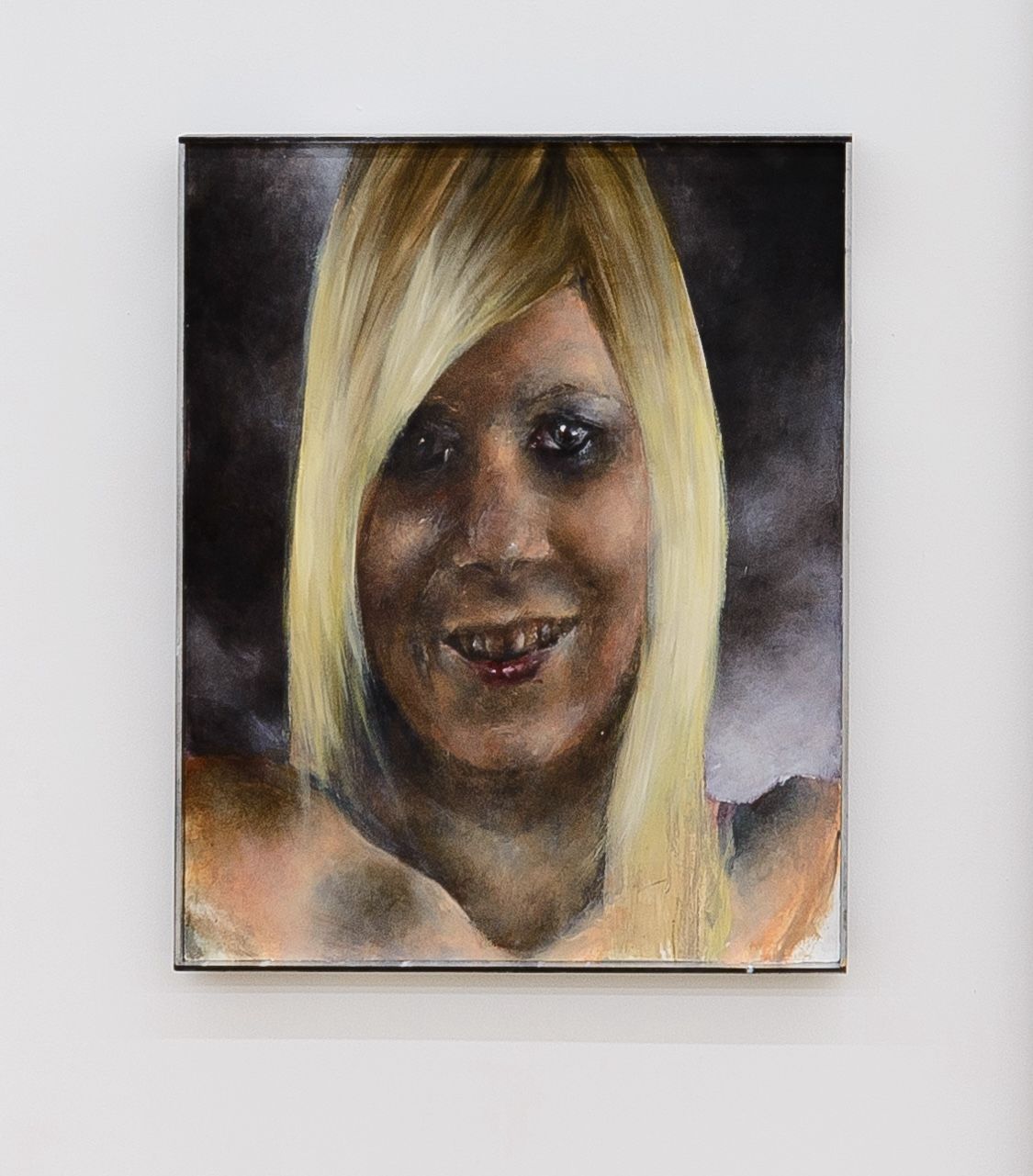
Although the works in the group exhibition “Happy Accidents” were carefully selected by curator Paul Hameline, they belong to contemporary culture’s spamming of images. They are original images but have been manipulated by the context they are embedded in, exposed to being constantly in flux. Featuring Derek Jarman, William S. Burroughs, Catherine Mulligan, and others, the exhibition is concerned with the manipulation of images and consequently the viewer’s perception in our hyper digitalized age. In conversation with Claire Koron Elat, Hameline discusses the rotting of images, being governed by visuals, and taking 200 screenshots a day.
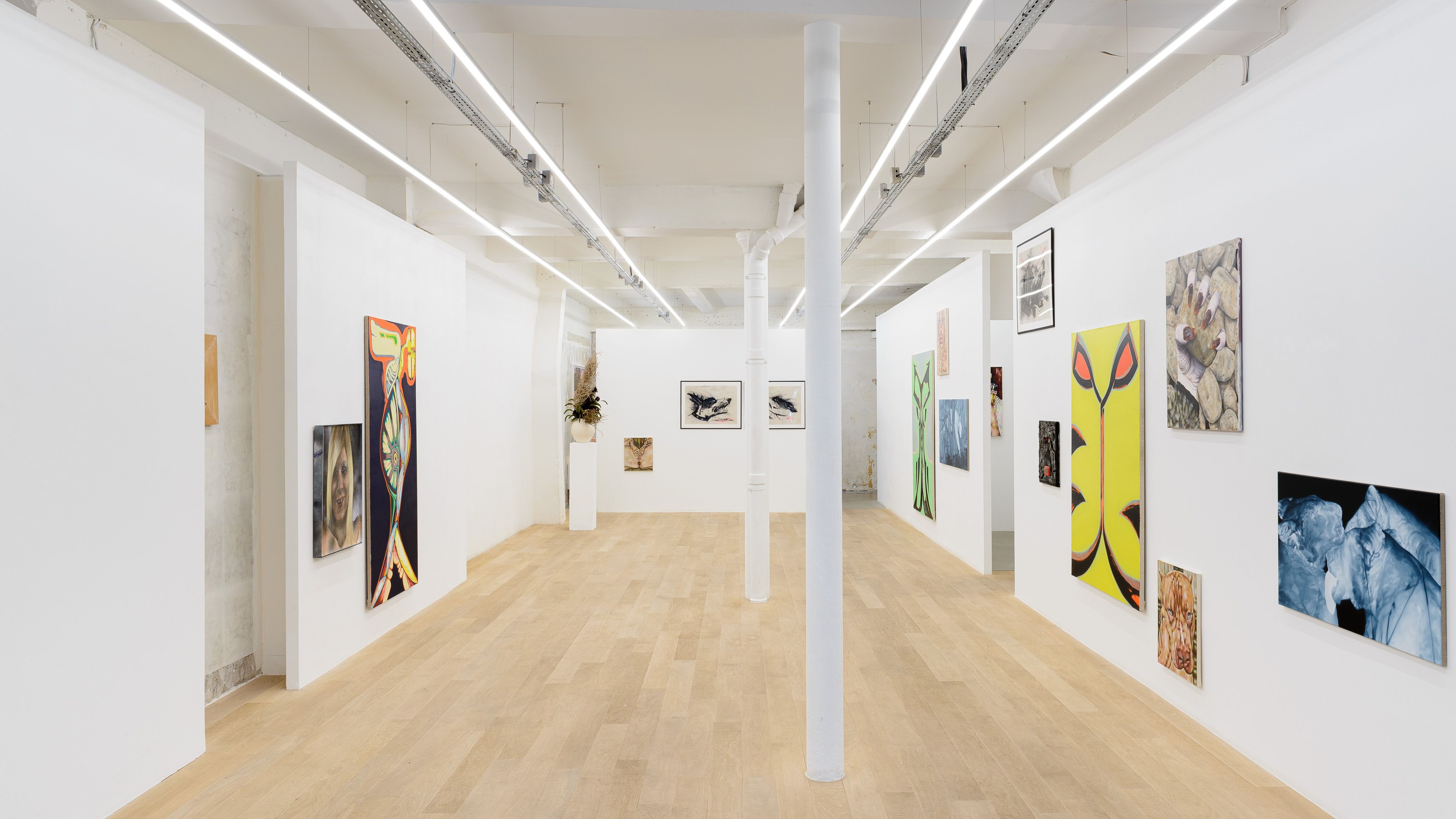
CLAIRE KORON ELAT: I’d like to start the conversation with one of the artists in “Happy Accidents,” Marilou Bal. I saw her work for the first time at artgenève recently, where she showed the painting The best things in life are free, a portrait of Paris Hilton with her chihuahua. For me, the work seemed to be interested in the shallowness of pop culture—but also the fashion industry. The title of a work you’re showing by her is girl fixing her hair, which also describes a mundane, shallow act.
PAUL HAMELINE: I’m turned on by images; today’s world is governed by them. They submerge us daily. Some educate us, some touch us, and some spam us. The birth of deep fakes, ChatGPT, and artificial intelligence clashed with early 2000s celebrity news outlets and the Y2K trend. Some images tend to linger. The way Marilou portrayed this specific area of aesthetics is unique in its own way. Similar to David Lynch and Kenneth Anger’s studies, there’s a hidden crevasse between the visual form of the pieces in opposition to their substance. You can feel an underlying darkness and uneasiness that’s as real as it’s palpable.
Marilou’s paintings partially inspired me to install the show in such a sporadic way. The concept of spam imagery, pop-up/virus tabs, etc. The concealed atmosphere in Ouija brings Chatroulette to my mind and the rise of online flirting with strangers before smart devices. The texture and disquietude in collision with the acid-like pigments showed links to the pre-internet sensitivity present in Lukas Moodysson’s work (Lilia 4-Ever and Fucking Åmål).
CKE: You mentioned visual spam, which is present in both art and fashion. It reminded me of the column “Image Stacks” by our current artist in residence, Ana Viktoria Dzinic. There, she recently quoted Boris Groys, who said that all art players must be photojournalists today. They need to be documenting everything and constantly producing images, no matter whether they’re good or bad. I saw that you also have a column on Plaster Magazine where you take images and comment on them. How do you decide which images are important and which ones aren’t?
PH: We see similar scenes while experiencing them in our own unique ways. We repurpose images with our eyes, our hearts, and our minds. Images are living notions. They can grow, and they can rot. They can teach us as they can confuse us. Some would deem them spam; others would perceive them as instructive and critical. Some see beauty where others see ugliness. All notions are relative; we are all entitled to empathy and criticism. The idea of true versus false is untamable. There are no actual rules; you do you and I’ll do me.
The column I have is quite autodidactic; I never studied writing in an academic sense but always had a passion for it. Books are essential tools that can be used however one sees fit. The exercise I lead with my column is quite based on my gut instincts. I constantly swallow in imagery, screenshots, and photos I take with my phone. For Plaster, I mainly focus on gallery and museum shows. I look at the photos of the pieces I resonated with and write down whatever pours out of my mind. Sometimes, I want to mention some pieces in the column, but nothing comes out, so I leave it there. I’m not interested in forcing an idea out when it should remain close to my heart, as well as the most authentic and honest. It doesn’t mean I don’t relate to the piece; it’s just not the moment to incorporate it into the rest of the journal. There are some pieces I wouldn’t have thought to find myself writing about, but it naturally occurs and makes sense. It’s a visceral process, and I’d like it to remain as uncompromising and emotional as possible.
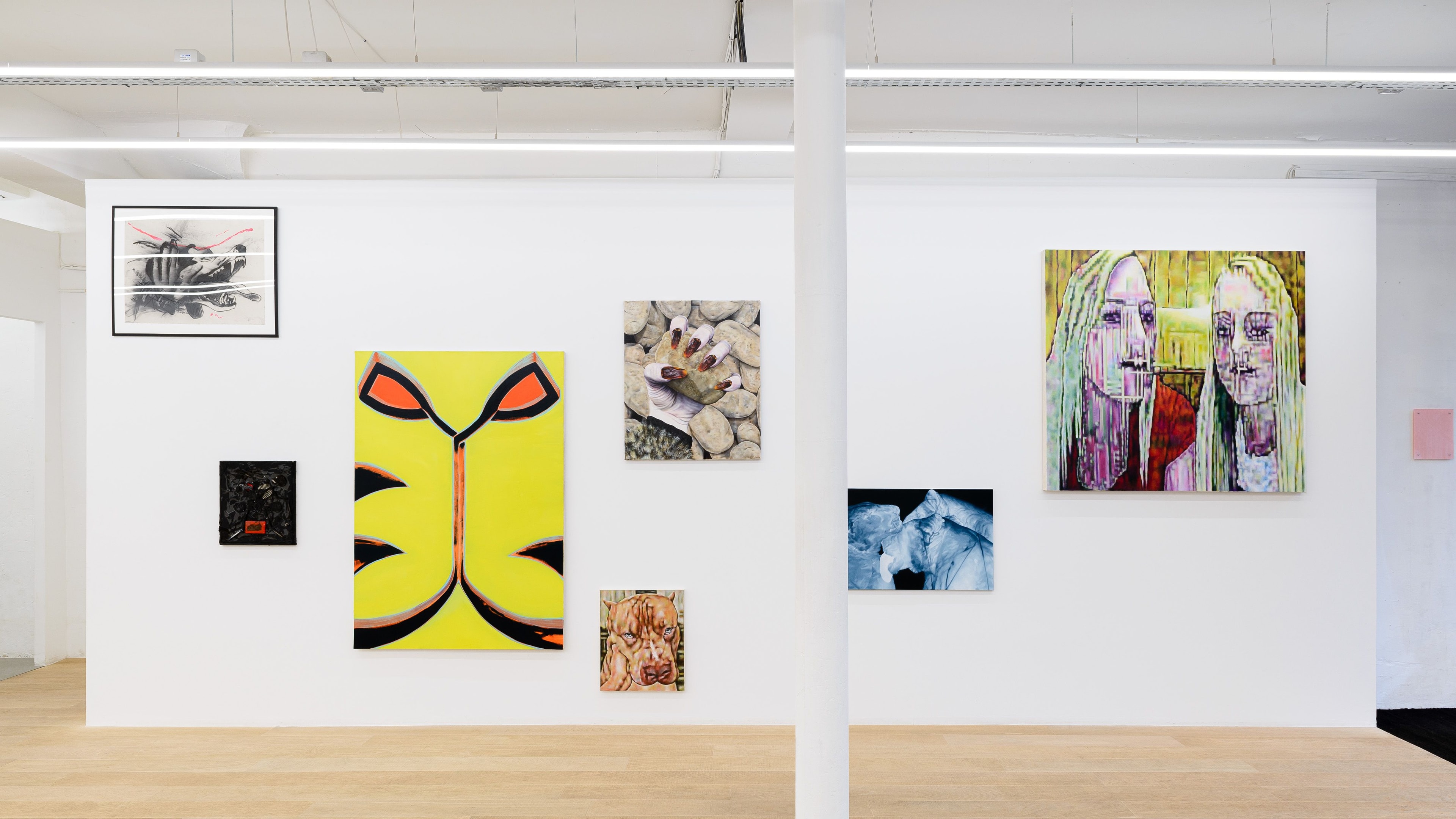
CKE: The press release of your show references William Burroughs’ cut-up technique. How did you conceive the text and are those thoughts you’ve collected over a longer period?
PH: During my time at high school and university, I used to do collages. The idea was to bring forth images that were intended to be separate and give them a new narrative. An exercise leading to the creation of an original image with a new purpose free of interpretations. I find collages therapeutic as it gives a new life and meaning to something already there. It’s personal and unique, as is our way of experiencing life and how we perceive and witness everything in our own up-close way.
My text was influenced by Burroughs’ cut-up technique. It’s a textual collage, just like Frankenstein’s experience, exquisite corpses, etc. The way I read is a happy mess. At home, you can find books lying all over; some poetry, some theater, some novels, some philosophy, some Ancient texts, some contemporary ones, etc. I always add lots of scribbles, annotations, and highlights to the texts I read; they allow me to remember how I perceived the text that given day, the mood I was in, the music I was listening to, etc. For the press release, I re-appropriated and rewrote quotes I noted and found. By mixing them together and giving them a new meaning, I created the original text that is Happy Accidents. Yet, I don’t feel like it’s my text. Once you put something out, it’s not yours anymore. Since the rise of the internet, everything is so easily accessible. Once it’s out there, everybody can take it the way they want to experience it. Everything is open to interpretation. Nothing belongs to anyone.
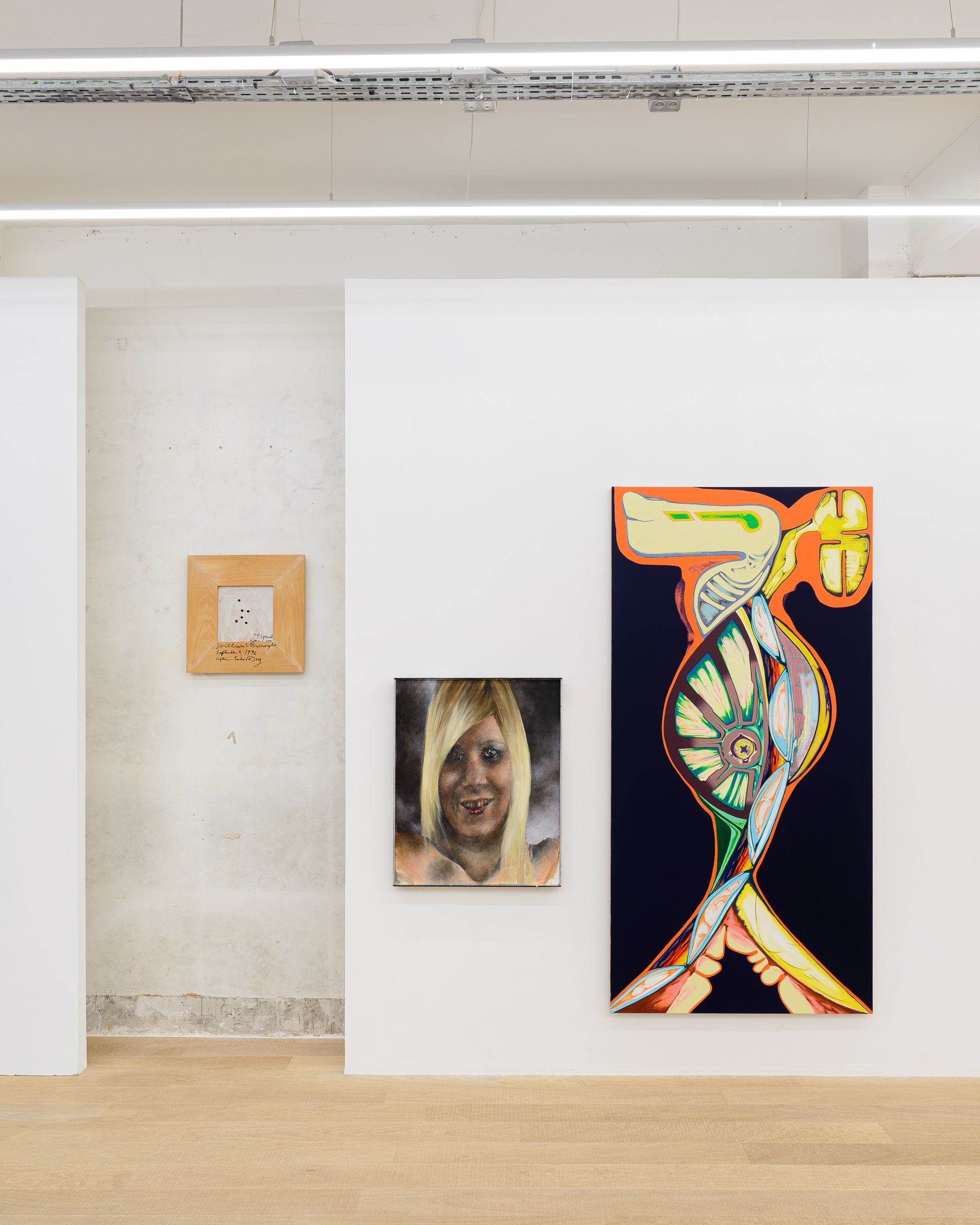
CKE: The fact that the texts consist of these loose thoughts might suggest that you’re eschewing didactic practices.
PH: Initially, that was part of our conversation with Guillaume [Sultana], the gallery’s founder. We discussed whether we should put an introduction to the text and explain the idea behind it as well as its aim. We both agreed that we shouldn’t compromise with an introduction as it would take away from the basic concept of the text itself. The whole point is that the viewer reads and interprets it in the purest and most personal way. I wanted it to be subtle. As soon as you give the viewer a notice or indication, you corner them and bring them into your world. You tell them what you want them to see. Our vision is our most unique and free notion; it should remain untainted and authentic.
I went through the text repeatedly in the days before preparing the show. There were days when I didn’t relate to certain parts. On other days, these parts made the most sense. I tried to recreate an experience similar to when you go to a museum and look at the same painting repeatedly; you’ll never look at it as you did before, and you never will see it under the same light again. (The same goes for books you re-read or movies you re-watch).
CKE: Press releases in the art world are often overly explanatory or overly cryptic. And when you read wall texts next to works, it sometimes feels like institutions think the viewer is stupid. Did you also choose this text form to criticize that?
PH: The decision to use this text form isn’t necessarily criticism. It instead has a different approach. Its purpose isn’t to educate per se; who am I to teach you anything? When things get too intellectualized, they become dull and more challenging to relate to in a close-to-the-heart way. When I go to museums, I never read the texts but take photos of them. I go through the show by myself and develop my own ideas and experiences. The same goes with movies; I try not to watch any synopsis or trailers or read any critiques before making my own opinion. Once this is done, I read the artist/curator/critique approach to it to compare both their and my vision. The other day, at the cinema, I was blocking my ears and closing my eyes when trailers of movies I wanted to see were projected, as trailers nowadays spoil all the juiciest moments.
CKE: Were there any other texts that inspired the press release?
PH: Many did; whatever you read and see transpires through you. To name a few of the most important sources of inspiration I’ve encountered, Derek Jarman’s Blue, Cookie Mueller’s Walking Through Clear Water in a Pool Painted Black, Camus’s The Myth of Sisyphus, René Ricard’s poetry, and David Wojnarowicz’s writings. There are also movie quotes. I always have a small notebook and a pencil to take notes while watching films. Scripts have always interested me. I try to find them online and read them as books. Then there is also conversing with a friend (or a stranger), and they say something that touches you. The text I wrote is some sort of collage of my life, everything that surrounds me, everything that touches me, everything that teaches me.
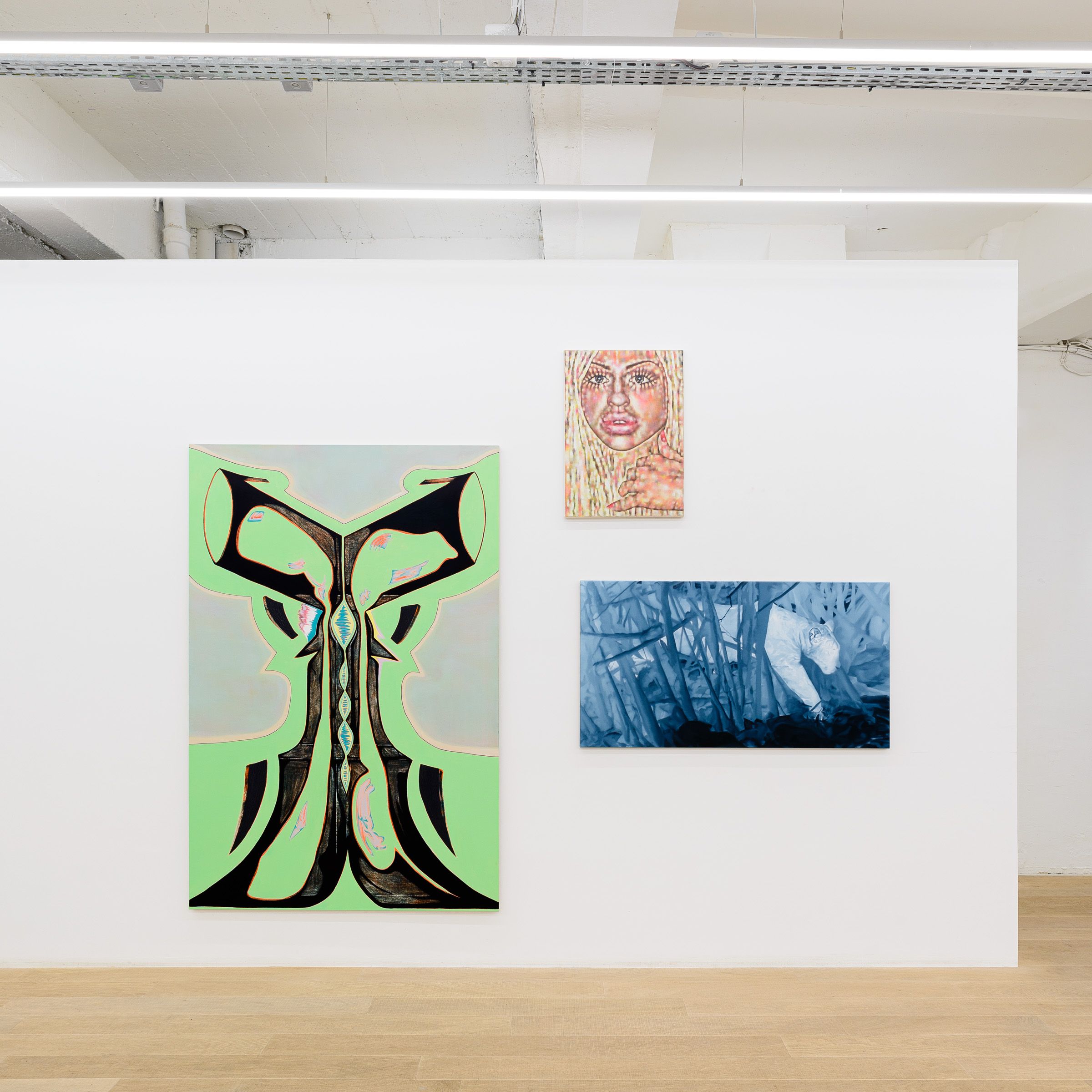
CKE: There’s one part in the press release that reads, “Do you ever feel like you’ve been harmed by media?” To return to Bal’s painting of Paris Hilton—she is probably the best example for the complex relationship that public figures and celebrities have with the media.
PH: That quote was written in opposition to how people allow themselves to attack and judge strangers. Critique is everywhere, but it should always have a constructive aim and an educational outcome. Critique should teach us how to grow and how to be better humans. It is about how we should be more considerate regarding other beings; we don’t know what fight they’ve fought, and we don’t know what they’re going through in their minds, in their hearts, in their homes. It is essential to be kind and empathetic.
CKE: Another part in your text reads, “diversion and distortion as an attack on past institutions.” What kind of institutions are you referring to?
PH: When mentioning institutions, I meant it in the broadest possible way, on a micro and macro level. It’s about history with a capital H versus your personal history, the past versus the present, your past versus your present, the world versus you, you versus the world.
We all fight different battles daily. Regardless of how dark and long the path and/or the world may seem, the only thing to do is to keep walking through the shadows until they’re behind you. Remember that every step you take is an action to make you a better person and the world or your world a better place. I love cartoons; in Ratatouille, that quote goes along the lines of, “You must not let anyone define your limits because of where you came from; your only limit is your soul.”
How you should perceive “past institutions” is entirely up to you and how you decide to experience the text. The past can hurt, and so can the future. Regarding the past, though, it is of the utmost importance to remember it, to learn from it, and to make the present and the future a better place. It is about attacking what you’re aware of and want to change.
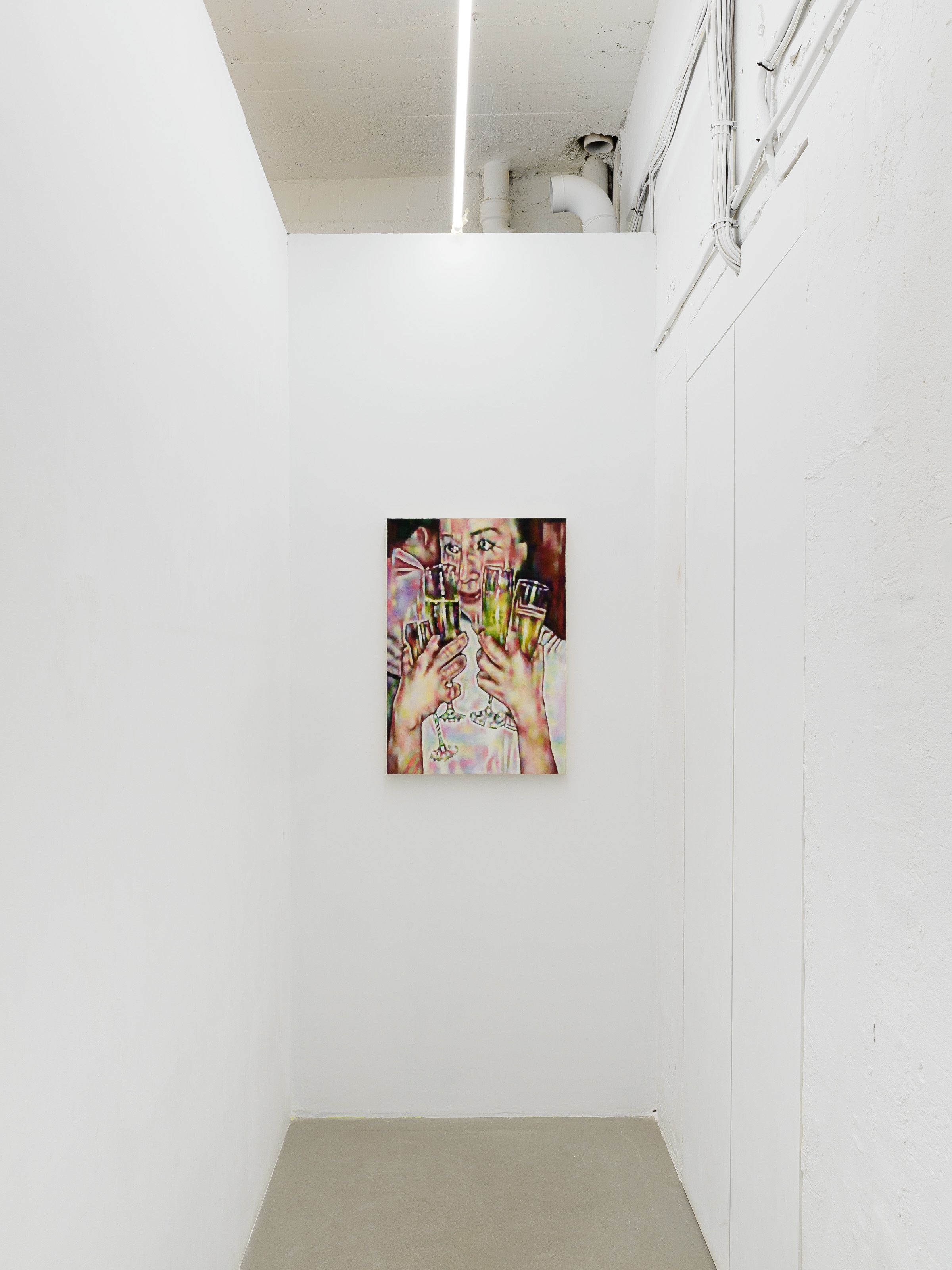
CKE: And then there is one section that reads, “desire without images, impossible desire,” which I think refers to the tremendous importance of images in today’s culture enmeshed with notions of desire.
PH: Desire, its idea and concept, has changed quite a lot throughout the years. Desire used to be a visceral notion, coming from deep within your own being. Nowadays, it’s tinted by society and its capitalist constant urge to create a demand for goods we didn’t think we needed or desired. In the same way, we are persistently drowned by information we didn’t necessarily want to know about, which can lead to stained judgment and a point of view orchestrated by third-parties. On the other hand, it also relates to the oxymoron present in the title of the show, “Happy Accidents,” which I genuinely believe in. An accident can lead to something positive, just like a positive discovery can lead to its negative counterpart. The invention of the car, for instance, led to car crashes.
These spams can be harmful, but they can teach us so much. We need to remain aware—while we drift away—of how we ingest all this volatile information and those made-up desires.
CKE: In terms of the selection of artists, you have historic positions such as Derek Jarman and William Burroughs juxtaposed with artists of younger generations. How do they interact with each other, and what was the curatorial process of the show?
PH: I was doing constant research while writing the text. Being utterly addicted to imagery and visuals, I literally have hard drives filled with images. I tend to screenshot 100 to 200 photos a day. I save a lot of posts on Instagram and continuously make files with many different artists’ work, etc. After writing the text, I reviewed these files and picked the artists I thought related most to the text and to one another. And suddenly, a subliminal dialogue was initiated in an organic yet instinctive and sporadic way.
Originally, I wasn’t going to include any historic positions. Then I thought to myself, it would be interesting to generate a conversation between the initially selected artists with Burroughs and Jarman. Not quite as an homage, but more as a shared moment, a flirt I’d say. Jarman has also rarely been shown in France—he had one big show last year and then one piece at the Palais de Tokyo. The same goes with Burroughs; many people only know him as a writer, but he was much more than that. Burroughs’s piece was the last addition to Happy Accidents. His work created a perfect correlation to Catherine Mulligan’s work Nocturne 1.
Images survive us through time and space as independent beings. The essence of the past lingers into the present while on its way towards the future. The idea of the eye, its story, the bullet shot. The eye is a gun; what it sees and experiences is its target.
Happy Accidents, a group show curated by Paul Hameline, is on view at Galerie Sultana in Paris from January 13–February 24, 2024. The show includes works by Marilou Bal, David Benedikt Wirth, William S. Burroughs, Tom Chatenet, Derek Jarman, Catherine Mulligan, Taylor Marie Prendergast, Patrick Quinn.
Credits
- Text: CLAIRE KORON ELAT
Related Content
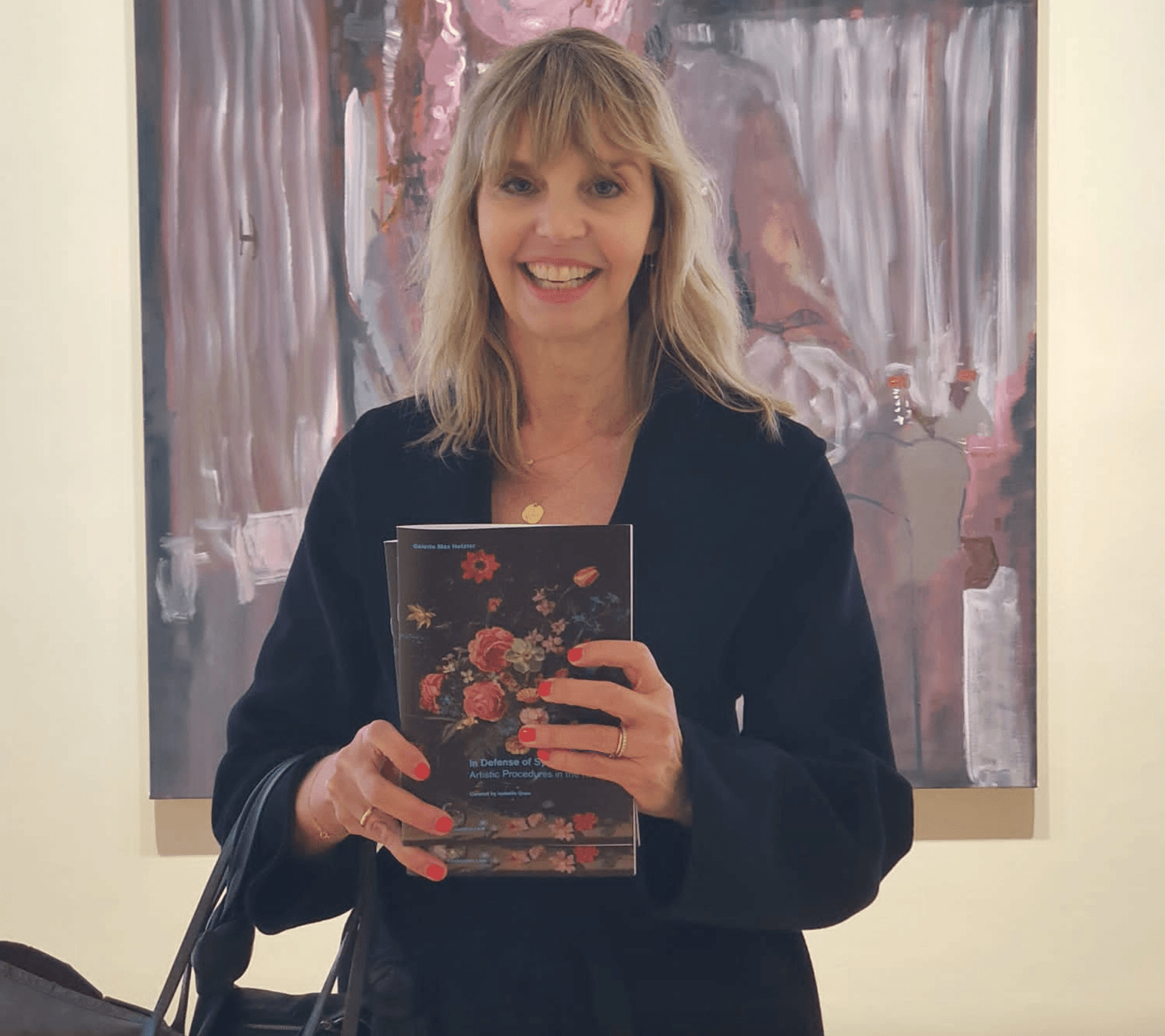
Image Stacks With ISABELLE GRAW
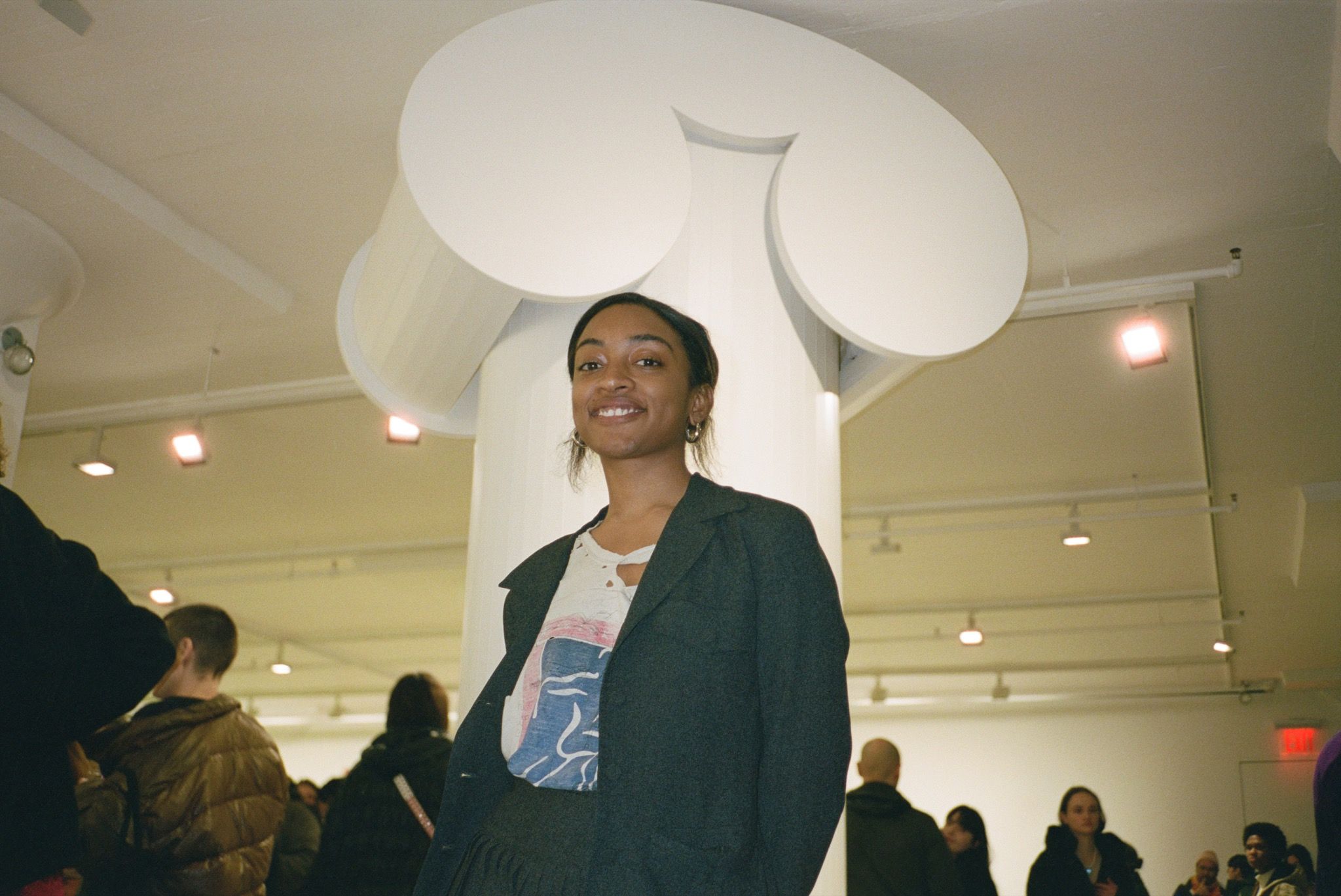
ARIA DEAN Life World
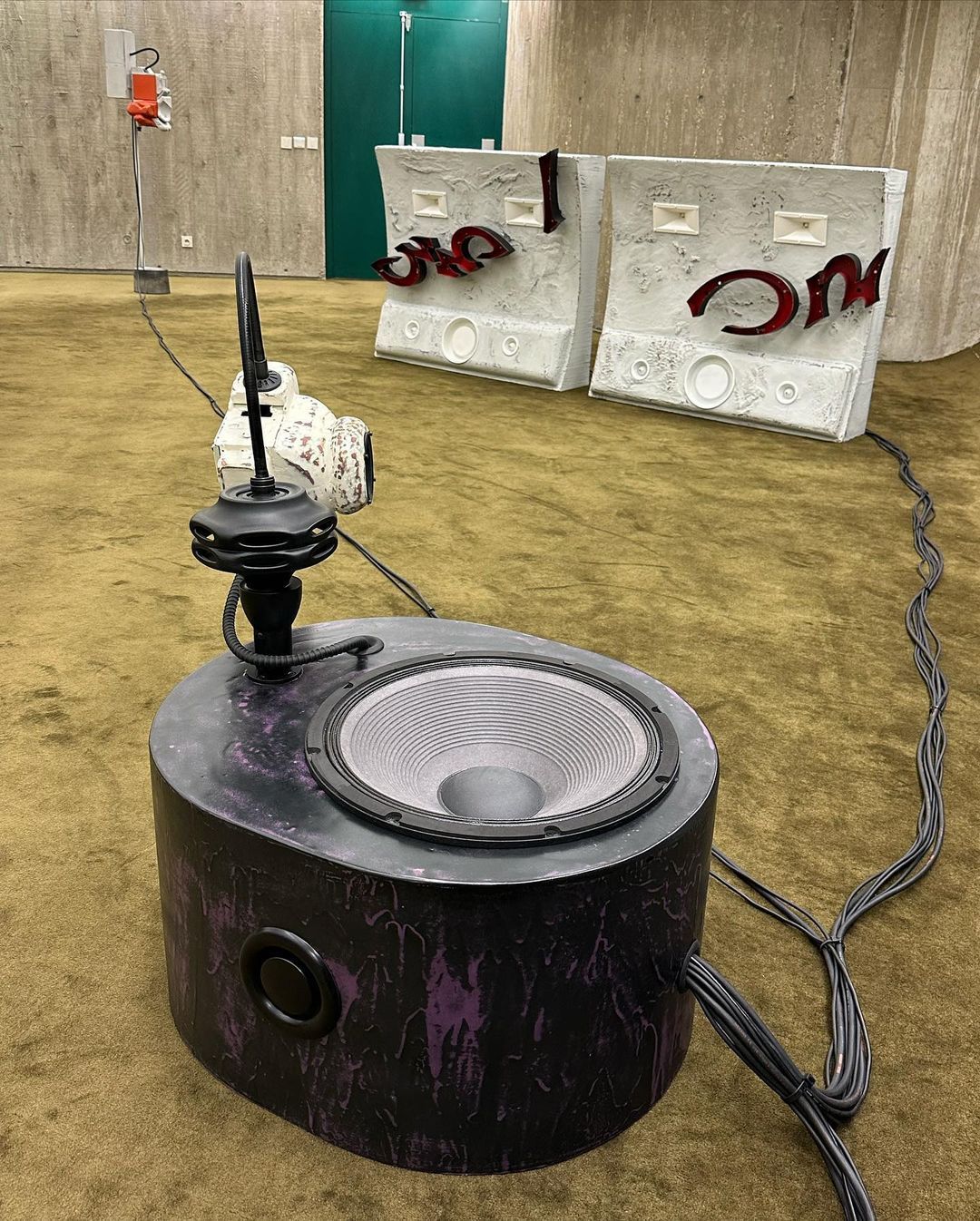
Erwan Sene’s Sonic Odyssey
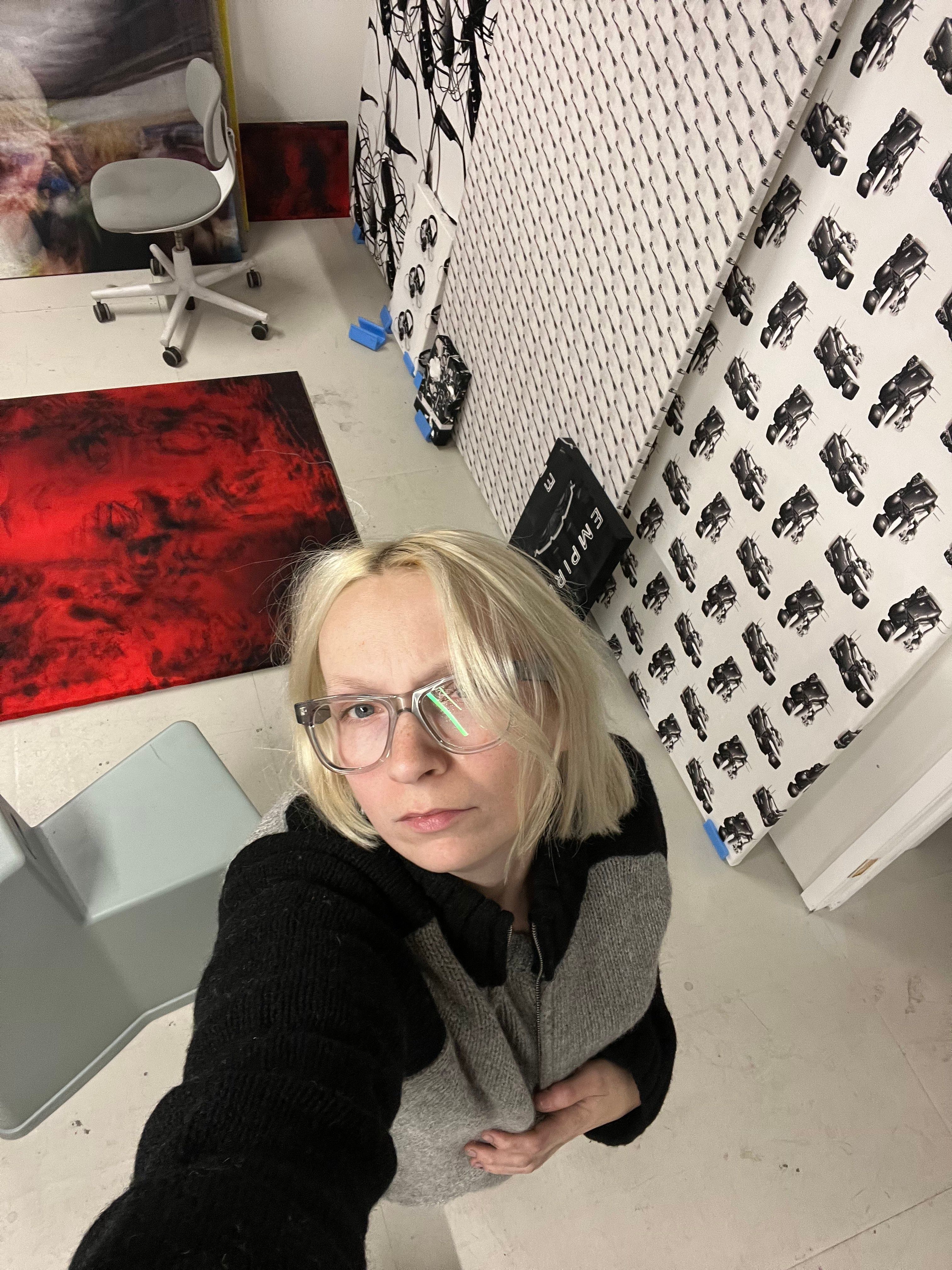
The New American Dream Is Sponsored by Meta: ANA VIKTORIA DZINIC
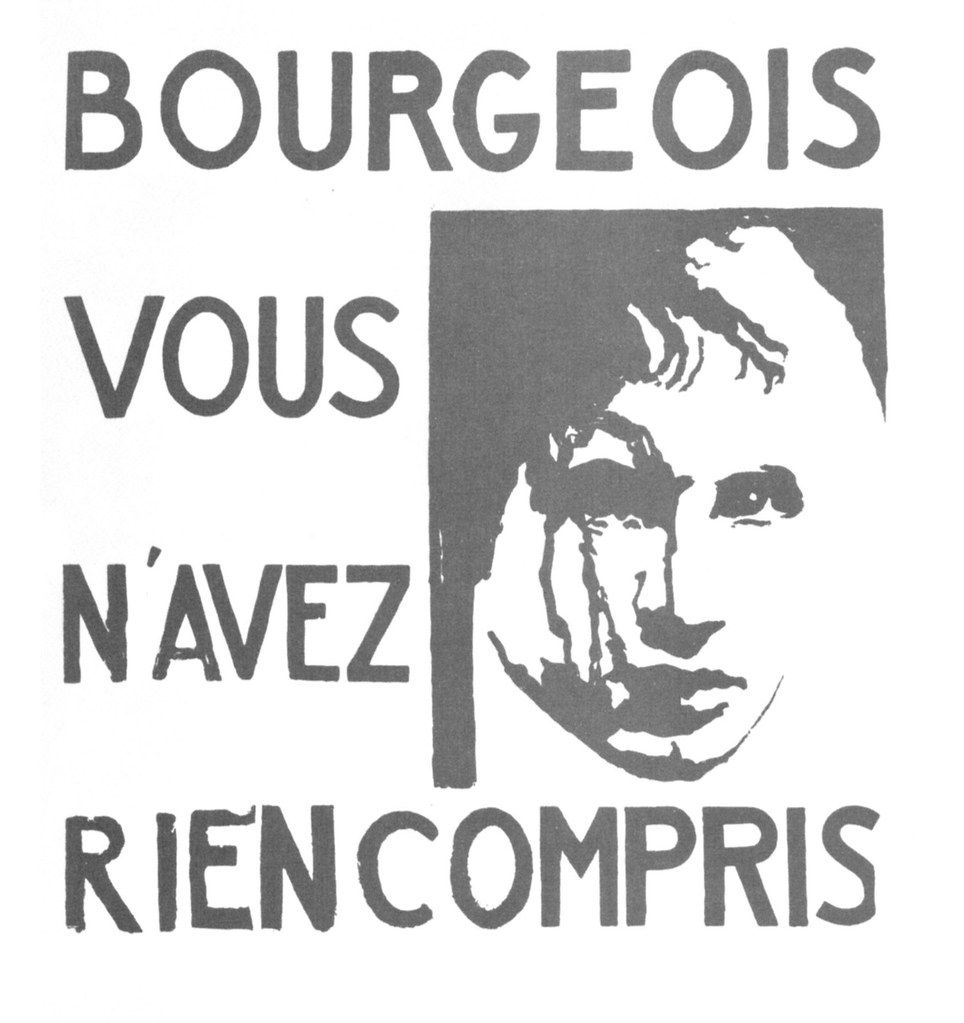
Barrikadenwetter: Image Acts of Insurgency with WOLFGANG SCHEPPE
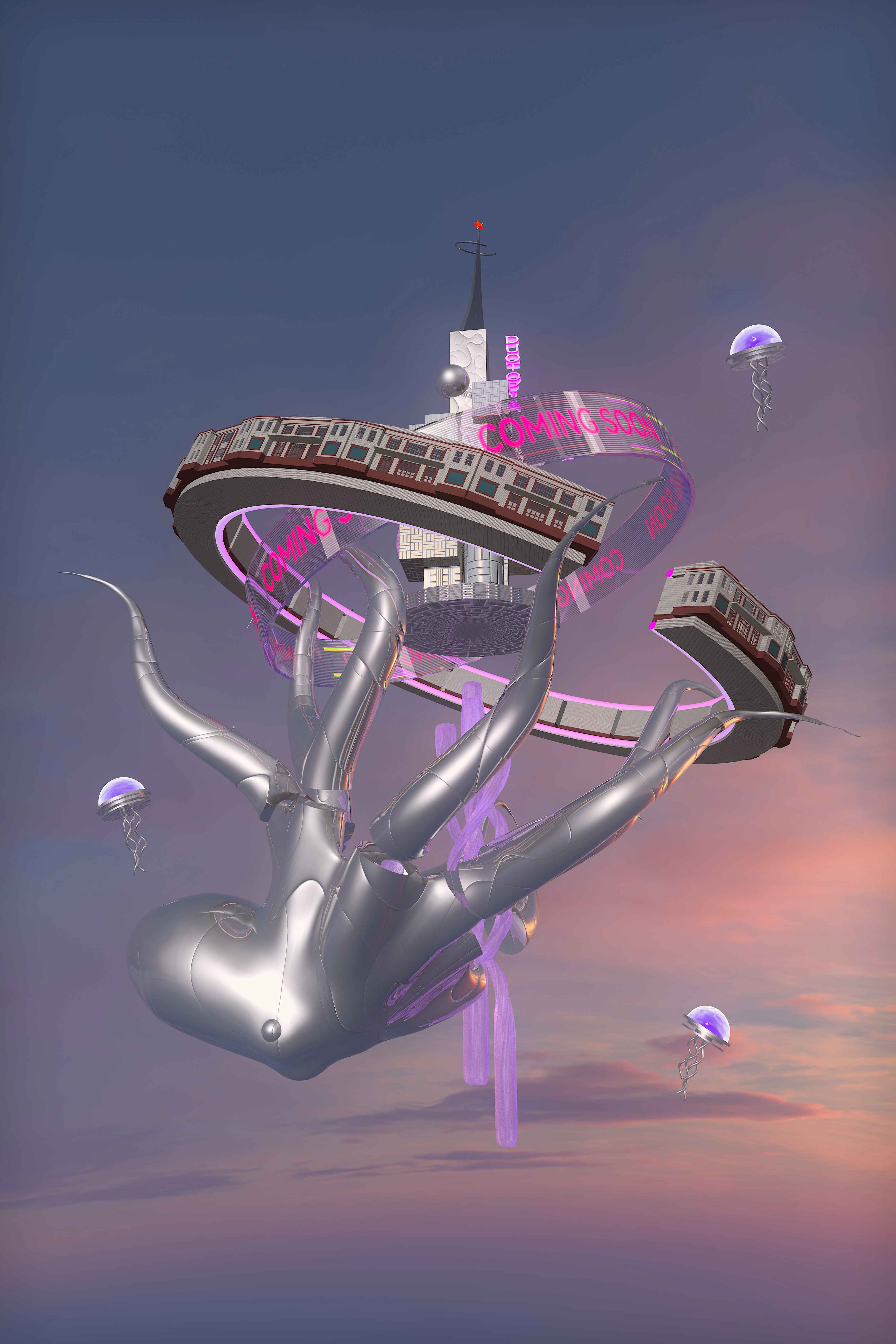
CAO FEI’s Digital Paradigm Shift
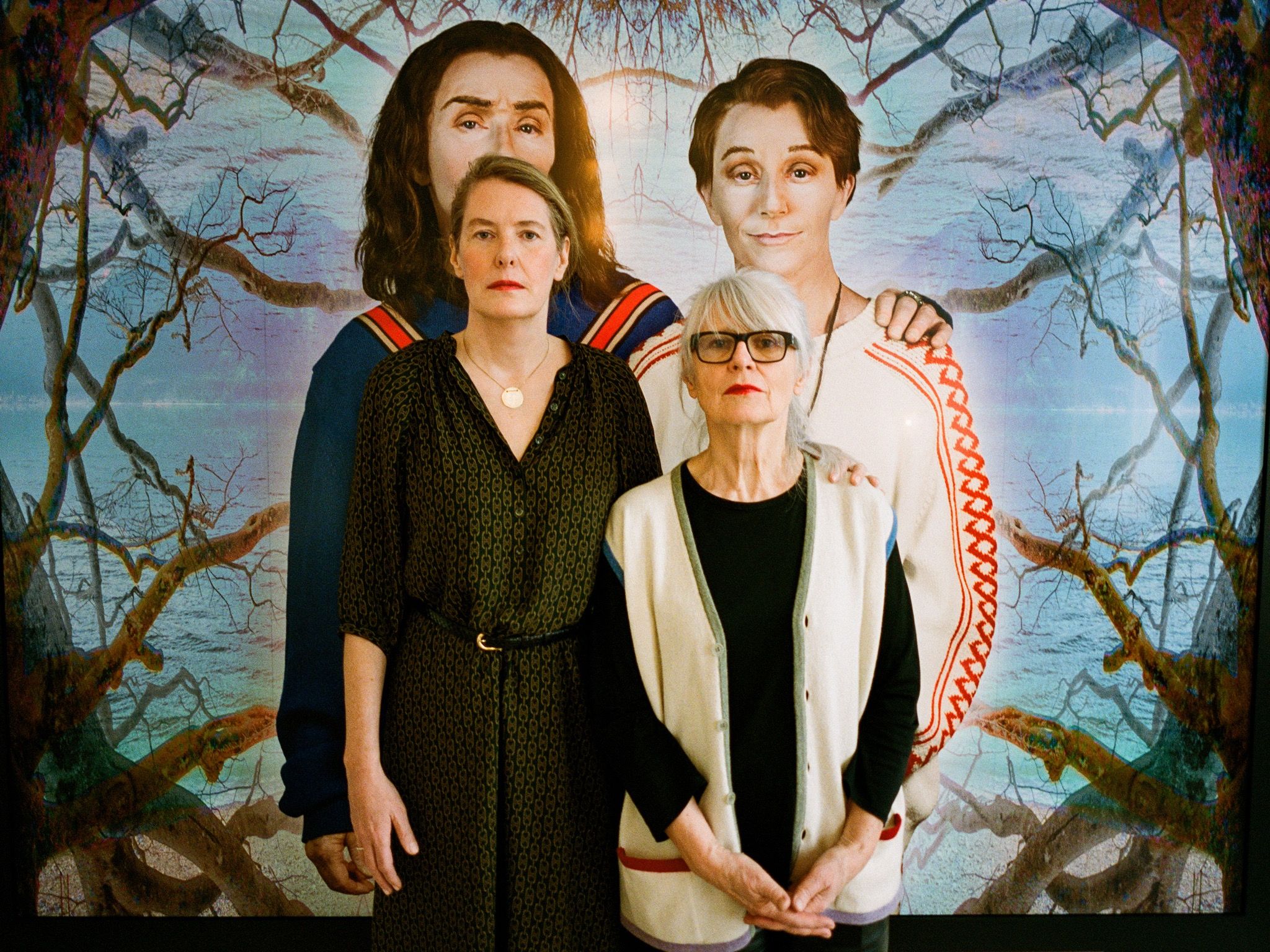
SPRÜTH MAGERS: The Art Gallery and the World
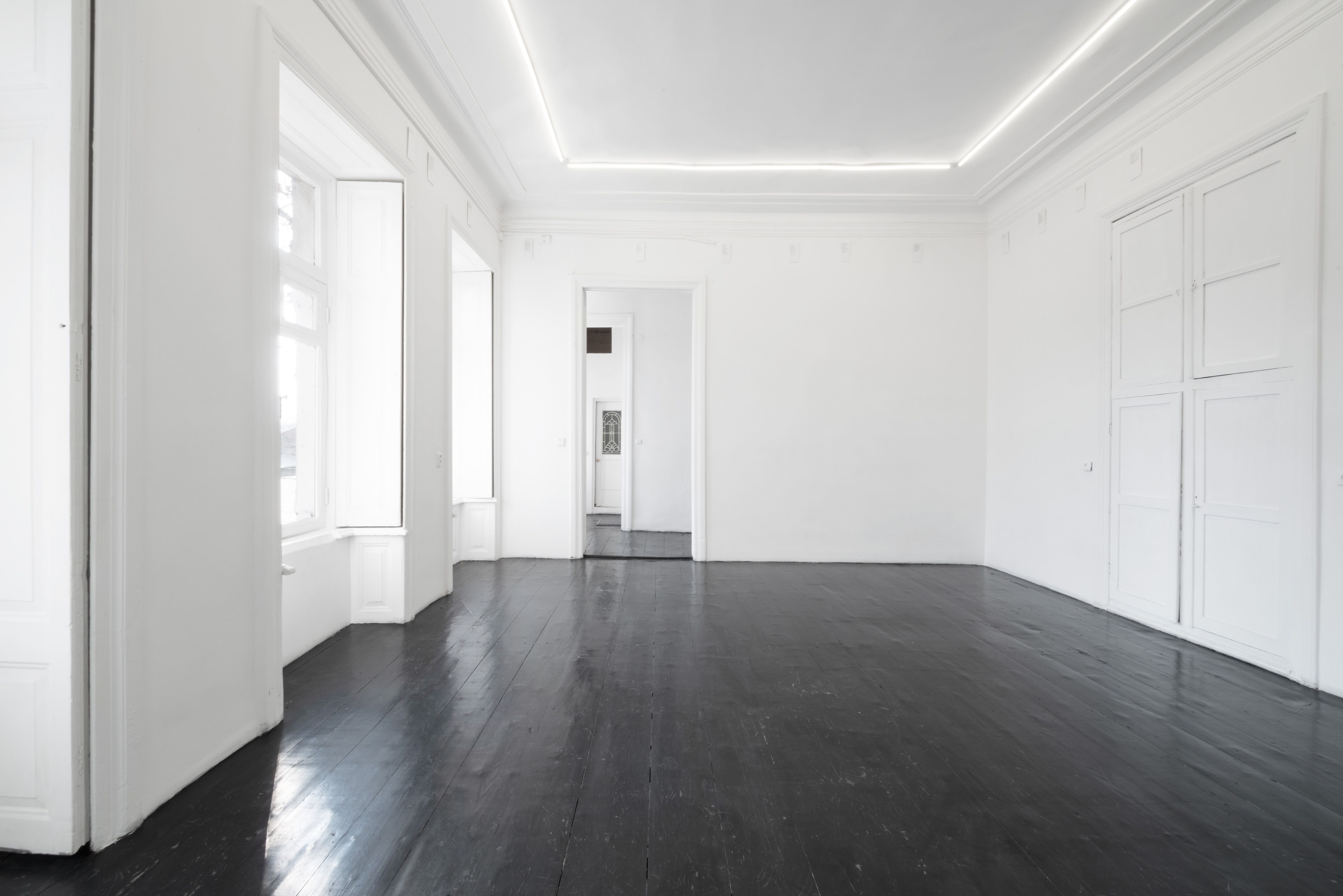
Young Gallerists: A Roundtable on Founding a Gallery in Today’s Uber-saturated Market